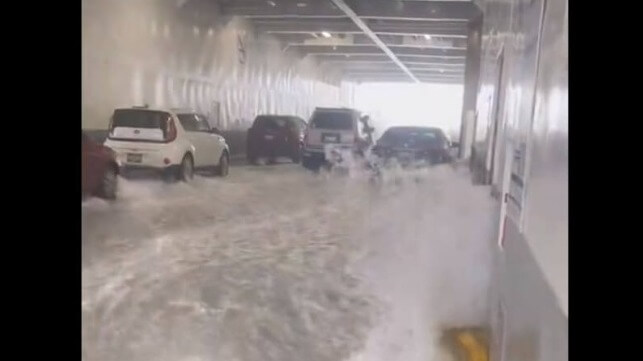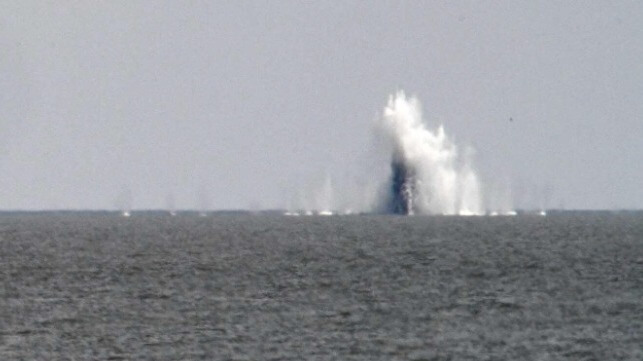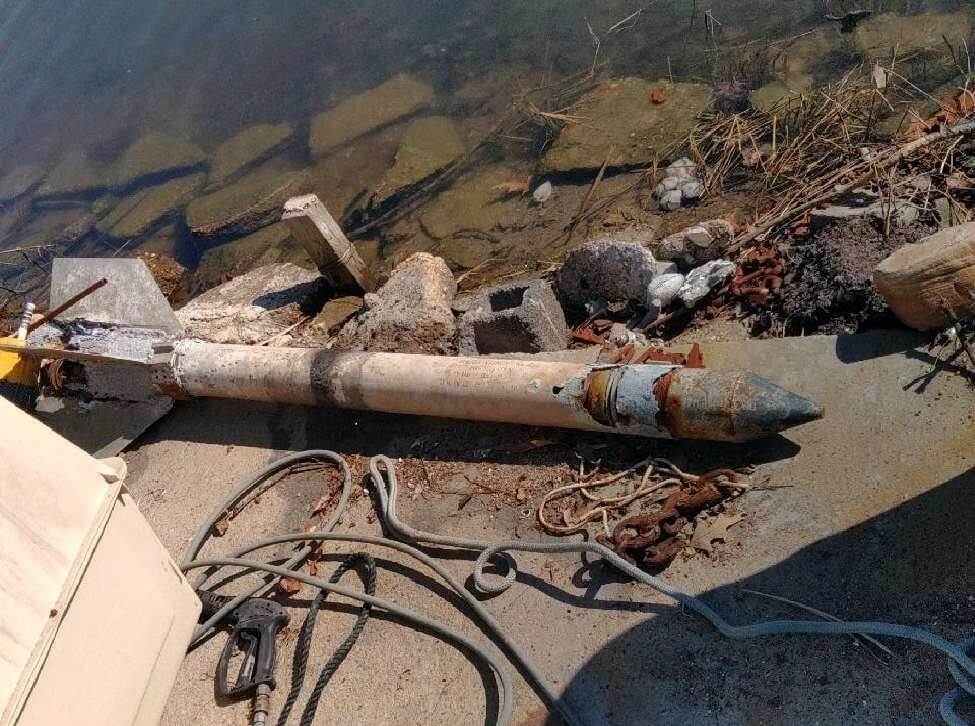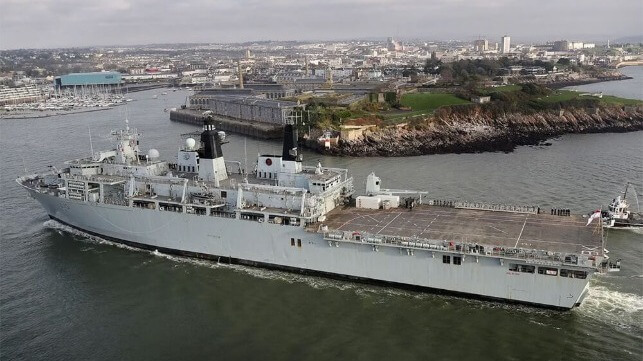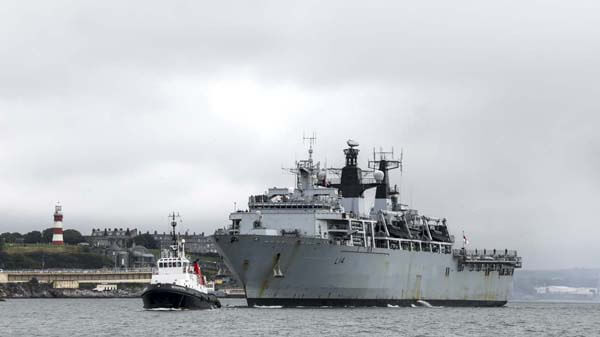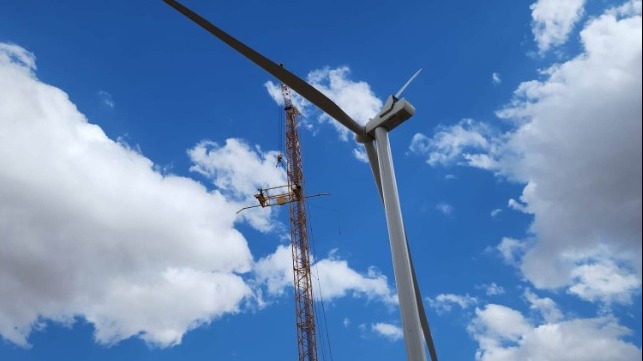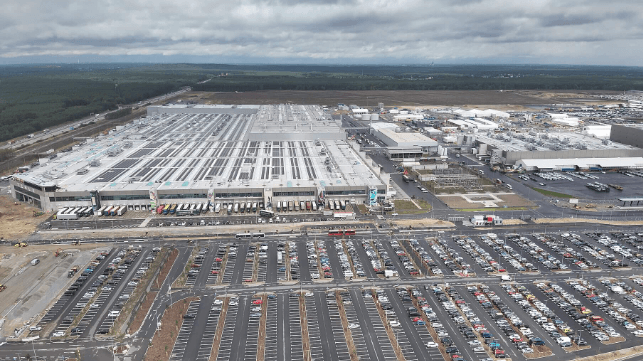NASA finally opens capsule to potentially hazardous asteroid 'Bennu' that may contain seeds of life
Two tight fasteners kept the majority of the Bennu asteroid sample from scientists since it returned to Earth in September. Now they've finally prised it open.
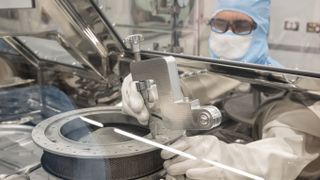
After months of prying and jimmying, NASA scientists have at last opened the canister containing material scraped from the "potentially hazardous" asteroid Bennu, the agency announced on Thursday (Jan. 11).
The sample — roughly 8.8 ounces (250 grams) of rocky space rubble collected by the OSIRIS-REx spacecraft — is thought to contain some of the earliest precursors to life and is the first chunk of a space rock ever grabbed by a NASA mission.
NASA had already collected 2.5 ounces (70 g) of the sample from the canister's lid, but two stuck fasteners stopped scientists from reaching the material inside. After creating new tools to remove the stubborn clasps, NASA engineers finally unsealed the container on Wednesday (Jan. 10).
Related: NASA's OSIRIS-REx mission almost bit the dust — then Queen guitarist Brian May stepped in
"Our engineers and scientists have worked tirelessly behind the scenes for months to not only process the more than 70 grams of material we were able to access previously, but also design, develop, and test new tools that allowed us to move past this hurdle," Eileen Stansbery, chief of NASA's ARES (Astromaterials Research and Exploration Science) division said in a statement. "The innovation and dedication of this team has been remarkable. We are all excited to see the remaining treasure OSIRIS-REx holds."
NASA scientists first retrieved the canister on Sept. 24 after it hurtled back to Earth aboard the OSIRIS-REx capsule at speeds of up to 27,000 miles per hour (43,000 kilometers per hour). After a seven-year, 4 billion-mile (6.4 billion kilometer) round trip, the capsule deployed its parachute and safely landed in the Utah desert before being transported to Johnson Space Center in Houston.
The hold-up on retrieving the capsule's precious cargo was caused by two out of its total of 35 fasteners getting stuck. To prevent contamination NASA had to preapprove any tools used to open the narrow container. The solution came in the form of two clamp-like tools made from surgical steel; these were first tested in a rehearsal lab to prove they could safely remove the clasps.
Now that the box has been opened, NASA says it will follow a "few additional disassembly steps" before it can photograph, extract, weigh and process the remaining sample. Small pieces scraped from the lid have already been sent around the world for analysis, and will soon be followed by the contents found inside.

Bennu is a potentially hazardous asteroid that has a 1-in-2,700 chance of striking Earth in the year 2182 — the highest odds of any known space object. But the scientists are more interested in what's trapped inside the space rock: the possible extraterrestrial precursors of life on Earth.
"This is the biggest carbon-rich asteroid sample ever returned to Earth," NASA Administrator Bill Nelson said at a news conference upon the sample's return. "Carbon and water molecules are exactly the elements we wanted to find. They're crucial elements in the formation of our own planet, and they're going to help us determine the origins of elements that could have led to life."
Earth's water is older than the planet itself and was probably brought here by asteroid and comet impacts. But water likely wasn't the only material asteroids brought to Earth; the building blocks of life likely hitched a ride on a space rock, too. Bennu is a B-type asteroid, which means it contains high amounts of carbon and, potentially, many of the primordial molecules present when life emerged on Earth.

Some of these building blocks — including uracil, one of the nucleobases for RNA — were recently found on the asteroid Ryugu by the Japan Aerospace Exploration Agency's Hayabusa2 spacecraft, which returned to Earth with its rock sample in 2020. OSIRIS-REx mission scientists are hoping to find other such biological precursors inside the Bennu sample.
OSIRIS-REx mission scientists spent nearly two years searching for a landing site on Bennu's craggy surface before the spacecraft touched down to collect the sample. Upon making contact with the asteroid, OSIRIS-REx fired a burst of nitrogen from its Touch-and-Go Sample-Acquisition Mechanism to both stick the landing and prevent the craft from sinking through the asteroid.
The blast sent rocks and dust careening around the craft, and some of that rocky debris landed in a canister aboard OSIRIS-REx. A follow-up blast of OSIRIS-REx's thrusters later lifted it from Bennu, and the spacecraft completed a number of flyovers before leaving the asteroid for Earth in May 2021.
Now that the sample has arrived, scientists around the world will begin analyzing it for clues about how our solar system, and the life on our planet, came to be.




